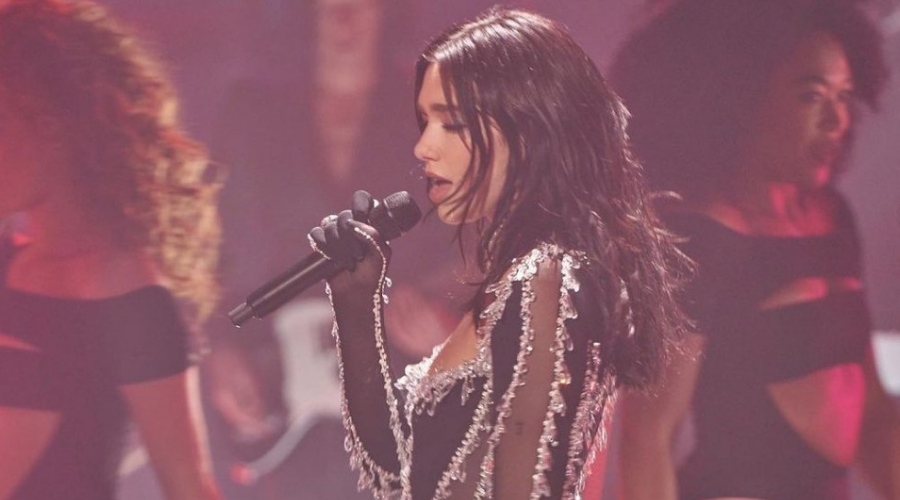Live-streamed concerts and plays are thriving during lockdown, hears Steve Clarke.
As the performing arts went into hibernation during the past year, streaming performances have arguably started to come into their own. In 2020, Dua Lipa’s Studio 2054 live stream netted 5 million viewers in more than 170 countries, while National Theatre at Home generated around 15 million views.
The hope in certain parts of the creative industries is that the pandemic has shown the beginnings of new streaming business models akin to, say, pay-per-view live boxing, where people are happy to pay £20 to watch a big fight.
Three leading practitioners discussed the future of streaming at an RTS London event, “Full stream ahead”, last month. They presented an upbeat vision, albeit one tinged with caution, of the future where live streaming could complement concert- and theatre-going.
“There is an important new audience out there. I look forward to the industry adapting,” said Lisa Burger, executive director at the National Theatre.
The success of the not-for-profit UK arts power- house’s response to coronavirus speaks for itself: National Theatre at Home launched on 1 December and has screened 17 productions. Forty per cent of the audience were under 35, said Burger, who revealed that, despite the streams being free (with an option to donate), the National Theatre still had to pay fees to the artists and creators involved in the productions.
The RTS also heard from Mark Mulligan, who runs MIDiA Research. He noted that the pandemic had stimulated live music streaming, despite the complexity of clearing rights. This is also a difficulty for the National Theatre, as most licensing frameworks do not cover performances of this kind.
One factor holding back live streaming pre-pandemic was the live music sector but, when venues closed in March 2020, it was a case of needs must.
Live music streaming remains a niche activity but a growing one, according to Mulligan. “The audience is still fairly small,” he said. “Fewer than 10% of consumers are doing this semi-regularly, compared with around 19% of people who would normally go to a con- cert.” Young men were more likely to watch a live music stream.
People watching together online was becoming more common, and this trend had been observed across different countries. So, insisted Mulligan, “there is the potential for music live streaming to become mainstream”.
James Sutcliffe, chief marketing and content officer at LiveNow, whose business embraces music and sport, said the aim was to complement the live experience.
TV viewers had shown that they would pay to watch a boxing match at any time of the day or night. The challenge, he said, was: “How do we do that for music and entertainment?” LiveNow’s first standalone music event was Ellie Goulding at the V&A last August, which was live-streamed on a pay-per-view basis worldwide.
“Content that fans love drives our business,” said Sutcliffe. Various business models were available, such as pay-per-view, subscription, sponsorship, e-commerce and merchandising. Other LiveNow live streams have included a show with Gorillaz, Pete Tong at the O2 and a performance by Maroon 5. “Record labels are starting to look at these streams as marketing vehicles,” argued Sutcliffe. Following the Dua Lipa live stream, her album
Future Nostalgia jumped 15 places in the album chart. In other words, live streaming could be an effective way to help launch an album or a single.
The big question was, once live gigs returned, what was the role for streaming? Sutcliffe claimed that streaming offered experiences to fans that they could not get at a live event. One initiative, Meet and Greet, enabled small groups of fans to meet artists online prior to or after a performance. Also, merchandising could be bought while fans watched the music virtually.
Moreover, streaming was a lot more environmentally friendly than live performance, particularly if it involved global tours.
‘Full stream ahead’ was held on 24 March. It was chaired by journalist Nadine Dereza, who co-produced it with Phil Barnes.

